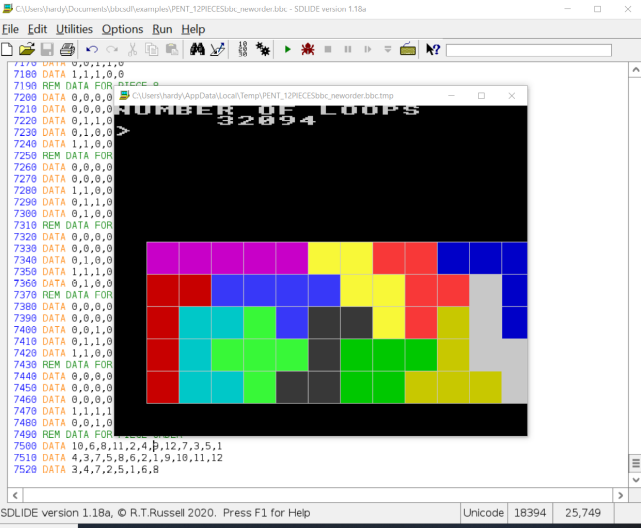This is a quick note to describe how to download and install the OpenSeaSeis Java based seismic processing system and viewer under the windows linux subsystem (WSL). To install WSL and Seismic Unix please refer to my previous blog post. I found OpenSeaSeis installed very easily in my windows WSL/ubuntu setup.
- Download the master file from John Stockwell’s Github page. On the Github page to the right is a green button labelled Code. I downloaded the zip package in windows and unzipped it to my linux home directory in a subdirectory called seaseis. Its important that you use a sub-directory.
- From within the OpenSeaSeis-Master directory I just ran
- ./make_seaseis.sh
- Originally I was using gcc version 7.5.0 but on 28/12/2022 I installed using gcc version 11.3.0 for Ubuntu 22.04
- My Ubuntu install probably already had Java and FFTW libraries installed, so that might also need to be done before seaseis compilation
- Check java version with java -version and javac – version and if java is not installed then for Ubuntu (sudo apt-get install default-jre and sudo apt-get install default-jdk )
- The compilation starts and here is a screenshot taken after a few minutes, while modules are still compiling.

- I think compilation took around 5 minutes on my laptop. There were some errors in the last stage regarding html help files but I ignored these.
- On 28/12/2022 I installed using gcc version 11.3.0 for Ubuntu 22.04 and I did get the same compilation errors for src/cs/jni/csNativeSegyReader.cc, src/cs/jni/csNativeSeismicReader.cc and src/cs/jni/csNativeRSFReader.cc . I managed to circumvent these with a quick hack that commented the offensive lines out. A better fix is needed.
- By the way before running the command I did look in the doc directory where John has helpfully included all the relevant installation instructions and a users manual.
- The binary files are installed one directory above the OpenSeaSeis-master directory, so in my case they were in my userid/seaseis – which is where I wanted them.
- bash: export PATH=${PATH}:/userid/seaseis/bin and put this command in your .bashrc file
- log out and log back in to activate the shell and paths
- commands
- seisseis -h is for the command line interface
- xseaseis.sh runs the interactive flow building
- seaview.sh runs the seismic viewer
- Enjoy OpenSeaSeis !!
- The viewer includes spectra, filter and AGC support as well as the ability to support multiple sections, trace header overlays, remap SEGY headers etc.
- The interactive job builder is just really a way to edit ASCII job files and submit them. Its a bit clunky, but could be a good way to learn the seaseis syntax. personally since I know seismic unix I wouldn’t be planning on learning seaseis also although in the past I’ve found the seaseis SEGD option to be very useful.














